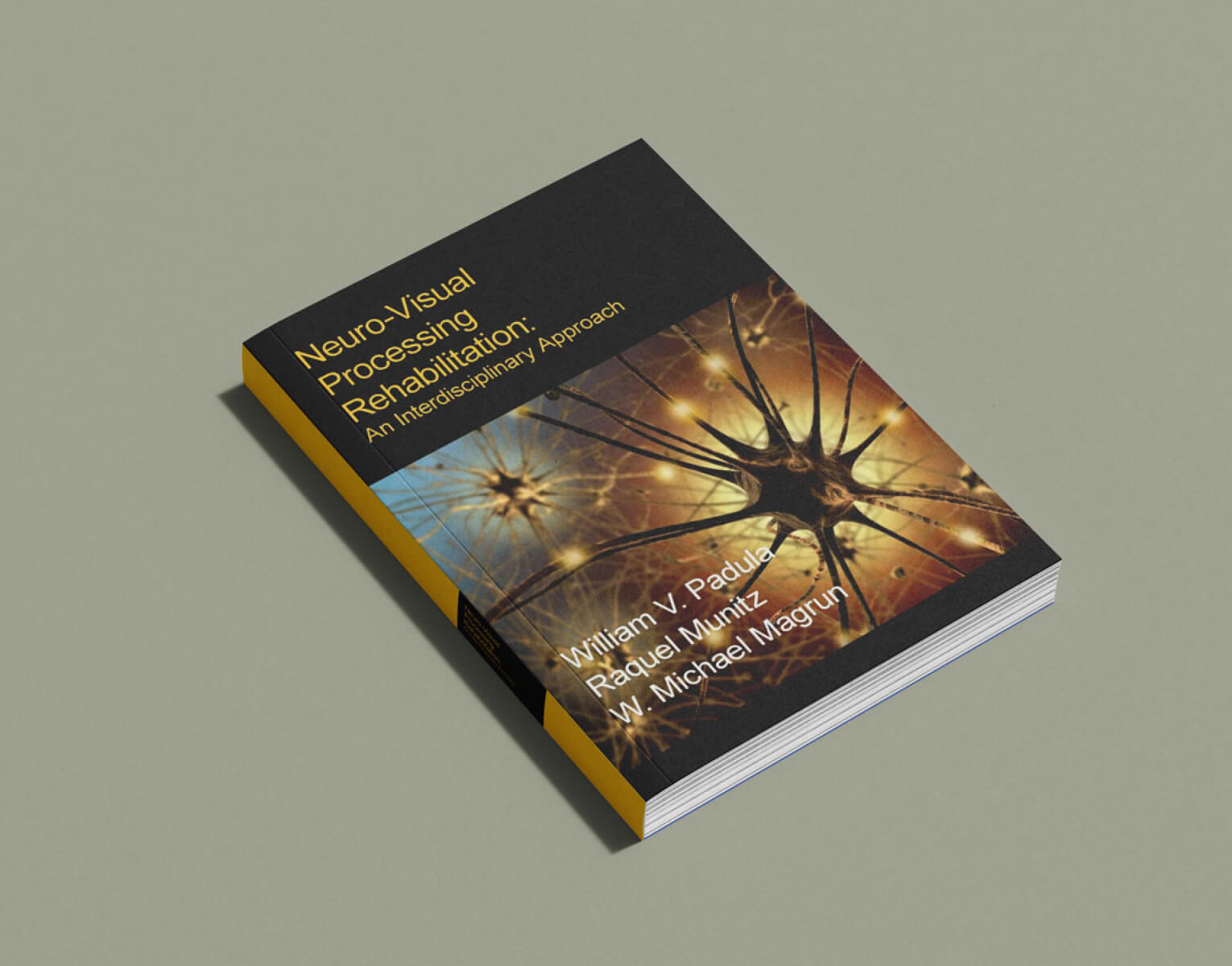What Does Evidence-Based Research Mean?
Evidence-based means that the PIV methods of testing and treating visual difficulties have been proven in research.


Evidence-based means that the PIV methods of testing and treating visual difficulties have been proven in research.
When a patient is evaluated at PIV there will be visual tests that measure the brain’s response prior to treatment and after treatment.
The testing performed at PIV uses instruments to measure and collect data from the patient to demonstrate the time that it takes for a visual stimulus to travel from the eye to the brain.
This assessment of brain waves from the visual process is called visual evoked potential. It can give the doctor an understanding of a dysfunction in visual processing in the brain that will cause symptoms associated with Post Trauma Vision Syndrome (PTVS) and Visual Midline Shift Syndrome (VMSS). the nerve pathways are abnormal in any way.
If an abnormality is indicated as a result of these tests, PIV will treat the visual difficulty with prisms and lenses using the VEP and Gait-balance instruments that will show the immediate change in the visual process in the brain.
A prism is a wedge-shaped lens. A prism lens shifts light. A prism also affects balance and posture when used as yoked prisms (two prisms in the same direction placed before each eye). Used in this way it will affect shift in Visual Midline causing Visual Midline Shift Syndrome that results in balance difficulty and risk of fall (ROF). Yoked prisms can change the timing of light and enhance the way light focuses onto the retina in the back of the eye, for clearer, more comfortable vision.
A comparison of the before use of prism and/or lenses will be compared to how the brain waves change after the use of prism and/or lenses. This will demonstrate that the process of vision in the brain has become more efficient and effective.
The research proved that when there is a neurological event such as a concussion, Lyme disease, stroke, etc., the visual process in the brain becomes compromised. This causes symptoms and characteristics. The following are checklists of symptoms and characteristics for PTVS and VMSS:

Dr. Padula has discovered Post Trauma Vision Syndrome (PTVS) and Visual Midline Shift Syndrome (VMSS). His research is published in the medical rehabilitation journals of Brain Injury and NeuroRehabilitation.
Your Journey for visual rehabilitation begins here